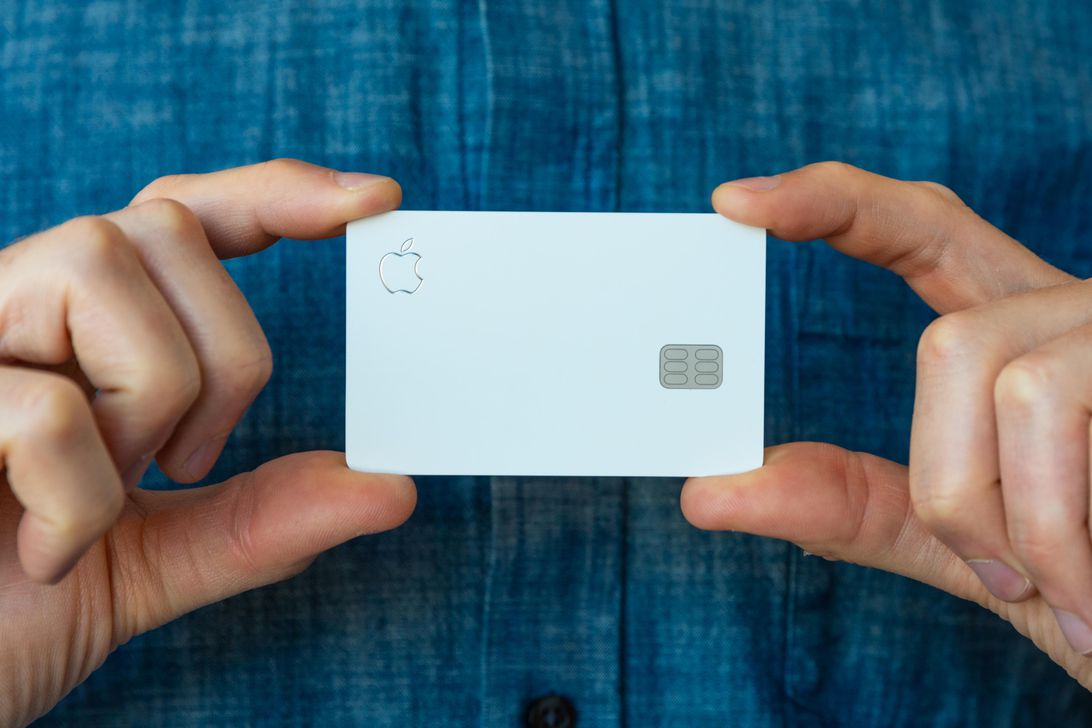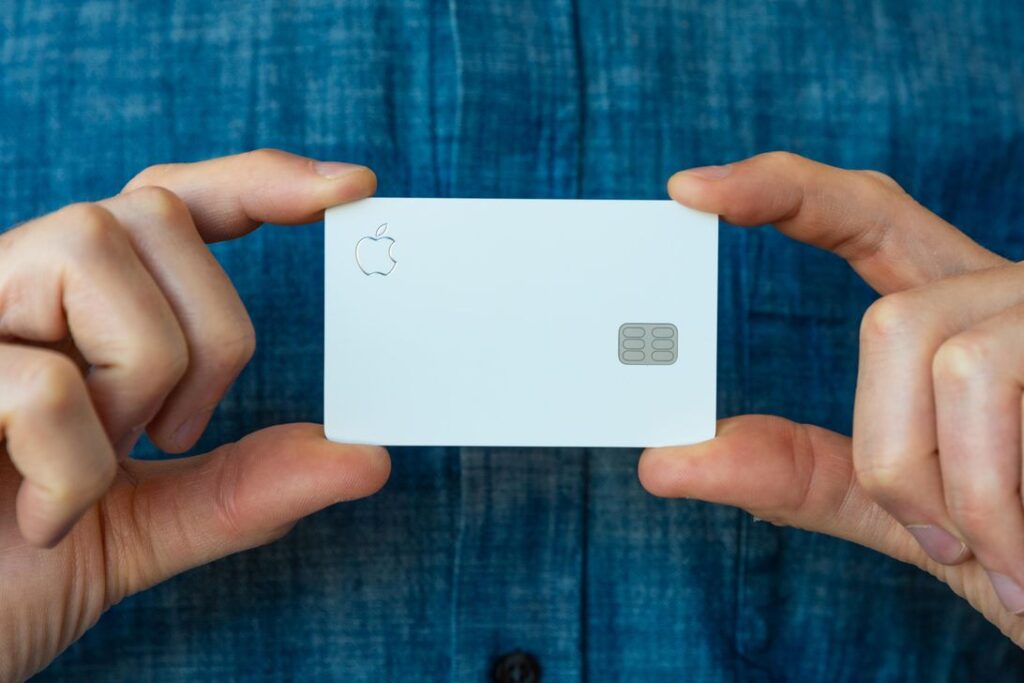
When the iPhone 12 is announced later today (you can watch Apple’s livestream of the event), millions of people will snap one up, buying online or in store, using a traditional credit card to finance the purchase. That could be a missed opportunity.
Though it’s not quite a slam dunk, the Apple Card — the credit card Apple introduced in 2019 — is worth a look, especially if you’re in the market for an Apple product. For prospective iPhone buyers, paying with the Apple Card offers two main benefits.
First, you get 3% cash back on all Apple purchases. That rate, applied to today’s priciest model, the $1,099 iPhone 11 Pro Max, nets you an instant $33.97 discount.
Second, when you use an Apple Card to buy the iPhone 12 (or any other Apple product), you can pay it off with interest-free monthly payments — an option worth considering if you can’t afford the entire balance upfront, or are considering financing the purchase with a credit card with a high annual percentage rate.
A few other Apple Card basics: In addition to its digital format, there’s also a traditional, physical card, made of titanium, that has no number, CVV code or expiration date or signature. It’s characteristically Apple, both minimalist and elegant. There are no late fees, annual fees, international fees or fees for going over your credit limit.
But you will pay interest (on non-Apple purchases, at least): The variable APR ranges from 12.49% to 23.49%. And there are other caveats. Some carriers and retailers may offer a discount on the iPhone 12 that exceeds what you’d earn back paying list price with the Apple Card. As with most credit cards, approval for the Apple Card and the installment payment plan are both subject to a credit check. And, even if you sign up for the installment payment plan, Apple will still charge interest on taxes and shipping costs.
Read more: Apple Card vs. Apple Pay vs. Apple Cash
Furthermore, the Apple Card’s rewards program isn’t necessarily as compelling as other cards’. Its top tier cash-back rate of 3% applies only to Apple products (and services) and a modest, though growing, list of merchants that includes Duane Reade and Walgreens, Exxon and Mobil, Uber and a handful of others. Otherwise, you get 2% cash back on purchases made using Apple Pay and 1% on everything else. In contrast, the Citi Double Cash Card offers 2% on all purchases — 1% at purchase and 1% when you pay off the purchase — no matter how you pay.
As such, unless you’re regularly buying big-ticket Apple items throughout the year — or the iPhone 12 is the one credit card purchase you intend to make in 2020 — there may be better cash-back options. The Amazon Prime Rewards Visa Signature Card gives you 5% cash back on all Amazon and Whole Foods purchases, which covers a much wider swath of products and services.
Read more: Apple Card vs. Amazon Prime Rewards Visa: Which credit card is best for you in 2020?
It’s also worth noting that the Apple Card offers no new signup bonus — a staple of the cash-back card category that can earn you hundreds of dollars when you meet certain spending thresholds. For example, the Capital One Savor Cash Rewards Credit Card pays a $300 bonus when you spend $3,000 within the first three months. And that’s on top of the 4% cash back on dining and entertainment, 2% at grocery stores and 1% back on all other purchases.
As with most things, the best credit card for you depends on how you use it. In 2020, we’ve looked at dozens of credit cards and identified the best credit card options across a variety of categories. We’ve analyzed rewards credit cards — including those that pay cash back on every purchase, earn you rewards points and miles for all kinds of travel purchases, or focus on one particular airline. We’ve assessed which credit cards are best for students, optimal for Amazon Prime shoppers and worthwhile for Apple Pay aficionados. Check out all of our credit card reviews at CNET’s personal finance site.





